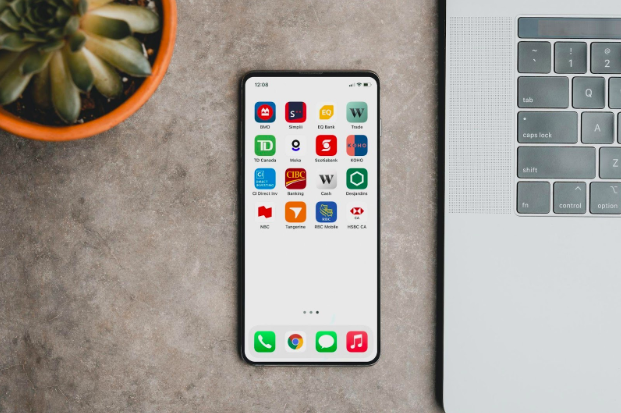Fintech apps offer a unique opportunity to teach kids about money. Help your kids achieve financial goals whilst improving their money management skills with our recommended apps.
Financial literacy has become more important in the times that we are living in, and technology is being used to educate people of all ages and backgrounds. Current education systems are not equipped enough to teach financial literacy in schools, and this is evident in some bad financial decisions made by people on a daily basis. One solution would be to start teaching financial literacy at younger ages. Utilising social media, web apps, and Fintech would be among the most remarkable ways to achieve it.
By definition, Fintech is a combination of the words ” financial technology”. It has been attributed more towards new digital banking forms through apps that can handle actual monetary transactions and virtual currencies like crypto or tokens like wealthsimple. Fintech takes advantage of the increase in mobile phone users and their desire to transact despite major factors like age, location, etc. Most younger users prefer this method as they are uninterested in the traditional ways of banking that involve filling out forms in a banking hall and other tedious processes. They want to earn and/or save towards a particular goal or item they wish to purchase from either the No Frills flyer, Amazon, eBay, or other shops with deals and promotions. Fintech apps make achieving this goal easier.
The globe is rapidly eschewing cash, which impacts how some parents distribute allowances and assign responsibilities to their children. Many family-friendly apps that offer digital bank accounts, digital wallets, smart cards, and functions for allocating allowances and scheduling chores have been developed to suit the need and have been gaining popularity among parents. Many of these apps connect to your bank account.
If this is something you and your family would benefit from, here are a few options that we found interesting, particularly for some of their unique value propositions. Most of these are free and only require payment for added functionality like reports.
WALO – Best for All Ages (4+)
Available on the Apple’s App Store and Google Play.
WALO can connect with all major Canadian bank or credit union accounts, allowing parents to automate allowances and schedule chores. Kids can set savings goals and earn rewards by completing courses and quizzes to boost their financial literacy. Up to four children can be added to an account.
ROOSTERMONEY – Best For Growing Interest and Savings
Available on Amazon Apps, Apple Appstore, and Google Play. (Age 5+)
Roostermoney can create, save, and give “pots,” thus teaching older kids to allocate earnings and achieve goals. Kids can set goals that are viewable on easy-to-use charts. It also has a security option where kids can send money to a virtual safe, which is believed to teach them the difference between short-term and long-term savings goals. Parental controls are available.
iALLOWANCE – Best for Multiple Currency Functionality
Available on Apple’s App Store. (Age 4+)
The iAllowance app, previously known as Piggy Bank 2.0, also allows parental controls. It offers stars (rewards) that are converted into real money using the app’s built-in conversion rate, which supports more than 150 currencies. This makes it ideal for parents who might be working in other countries or earning in different currencies from the country they are in. It’s important to note that there’s a one-time fee of $3.99. The app syncs with a selected iCloud or Dropbox account for backup and allows users to print or email chore charts or bank transaction reports.
Summary
Financial literacy is a much-needed skill in 2022. Many fintech companies are taking advantage of people’s need for convenience by introducing apps that help with their banking and transactions. WALO, Roostermoney, and iAllowance are some of these apps that can offer the service, using puzzles and chore charts to spur kids on. Parents are interested in such apps for their children to teach them how to earn, save, and spend wisely.











